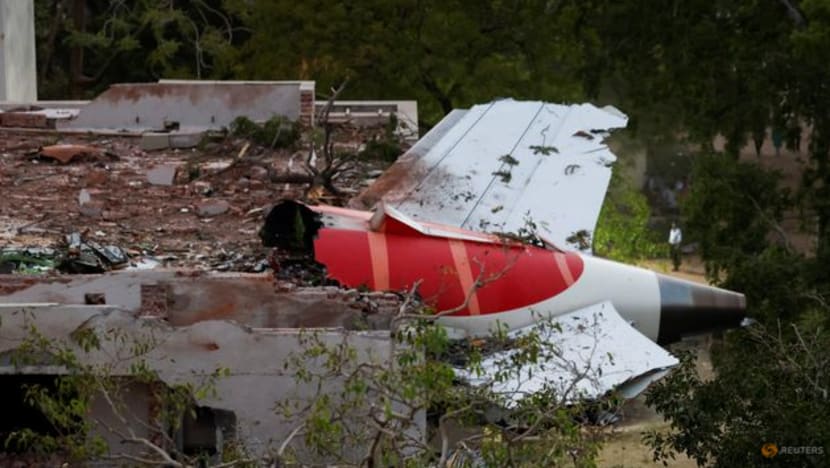

The Air India Flight AI171 crash near Ahmedabad on June 12, 2025, has sent shockwaves through the aviation industry, not just for Air India but also for its partner, Singapore Airlines (SIA). The London-bound Boeing 787-8 Dreamliner, carrying 242 passengers and crew, crashed shortly after takeoff, resulting in a devastating loss of life, with current reports indicating over 290 fatalities, including people on the ground.
The incident marks a grim milestone, being the first major crash for Air India in over four decades and the first total loss of a Dreamliner aircraft since the model entered commercial service. It's also India's first crash since the Air India Express accident in Kozhikode in 2020, where 21 lives were lost. This recent tragedy has understandably triggered intense scrutiny of Air India's safety record and operational practices.
However, the repercussions extend beyond Air India alone. Since October 2024, Singapore Airlines has held a 25.1% stake in Air India, a consequence of the merger between Air India and Vistara, which was previously a joint venture between Tata Sons and SIA. This stake allows SIA to directly participate in India's rapidly expanding aviation market. Furthermore, Air India and SIA have an extensive codesharing partnership, encompassing numerous Indian cities and international destinations.
Given this close relationship, the Air India crash inevitably casts a shadow on Singapore Airlines. The immediate impact was evident in the drop in SIA's share price, which fell by 1.7% on June 13. This reflects investor concerns and the potential reputational damage that SIA might suffer due to its association with Air India.
Beyond the financial implications, the crash raises questions about the extent of SIA's influence on Air India's operational standards and safety protocols. As a significant shareholder and partner, SIA is expected to exercise some level of oversight and contribute its expertise to ensure the highest safety standards are maintained. The accident may prompt a reassessment of this partnership and whether SIA could have played a more proactive role in preventing such a tragedy.
SIA has publicly stated that it is offering full support and necessary assistance to Air India during this difficult time and has extended its deepest condolences to the affected passengers, crew members, and their families. However, the airline will likely face increasing pressure to demonstrate its commitment to safety and its ability to influence Air India's practices positively.
The investigation into the crash is ongoing, with aviation authorities and experts working to determine the cause of the accident. The findings of this investigation will be crucial in identifying any systemic issues and implementing corrective measures. For both Air India and Singapore Airlines, the aftermath of this tragedy will involve a period of intense reflection, reassessment, and a renewed commitment to ensuring the safety and well-being of their passengers and crew. The incident serves as a stark reminder of the ever-present risks in aviation and the importance of continuous vigilance and improvement in safety standards.